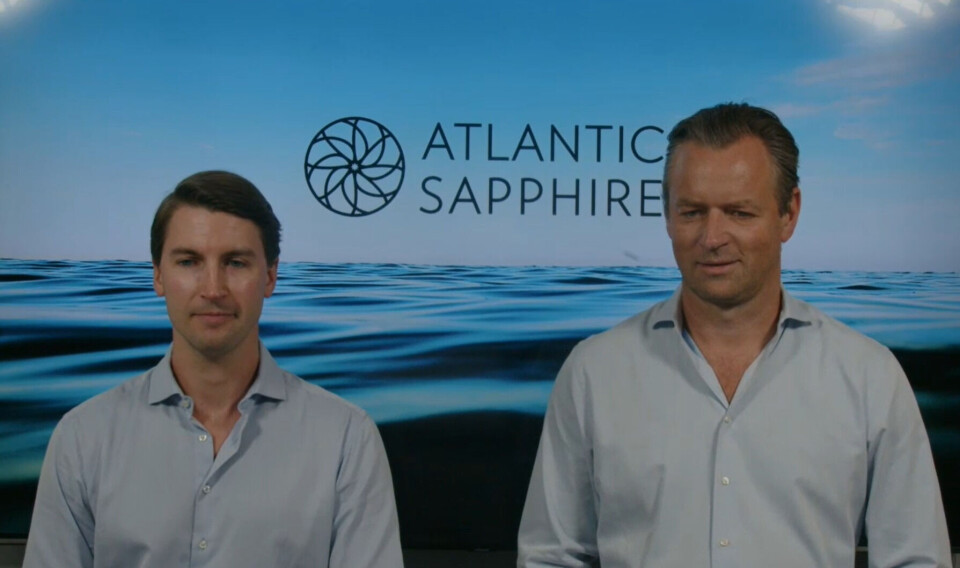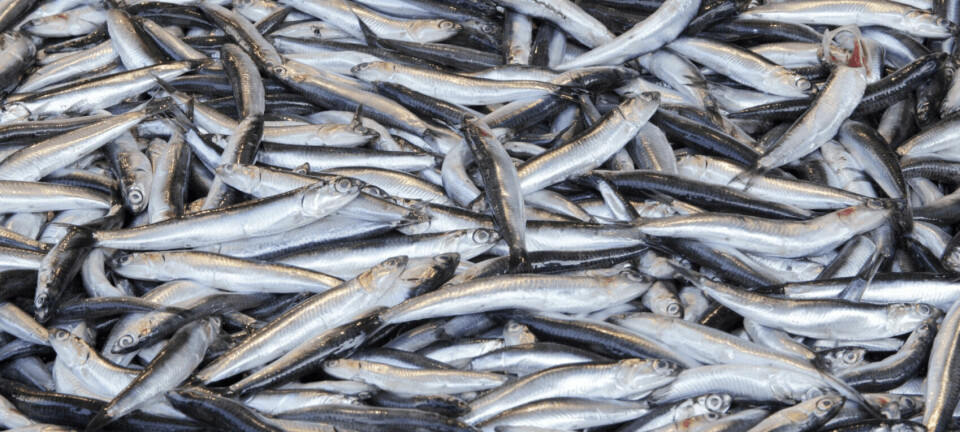
Search for new Atlantic Sapphire CEO ‘will take some time’
Outgoing chief Andreassen looking forward to exciting time before stepping down
Johan Andreassen announced his resignation as chief executive of Florida land-based salmon farmer Atlantic Sapphire at the weekend, but it appears he’ll be in the driving seat for some time to come.
Speaking during an online operational update, the Atlantic Sapphire co-founder said the search for his successor “will take some time”. He is also excited about what he expects will be “lots of improvements in production KPIs” (key performance indicators and wants to work closely with new chief operations officer Mario Palma to help him succeed in his new role.
Explaining his decision to step down, Andreassen said establishing the Atlantic Sapphire Bluehouse in a tomato field in Florida had been a long and challenging journey.
“It does cost a lot to stand in the storm during this long
period,” he said, adding that “now is a good time for me to make the move”.
Measured on KPIs
“For the first time ever, we have a fair chance to be measured on production KPIs,” said Andreassen, who explained that biological performance at the facility was looking better after problems with chillers and high water temperatures in the summer.
“With a different CEO profile, the focus will be more on the day-to-day operations.”
The completed first phase of Atlantic Sapphire’s Bluehouse has a nominal capacity of around 9,500 gutted weight tonnes of salmon annually at steady state production, but volumes have been much lower. The company produced 365 tonnes (head on gutted) in the third quarter of this year and expects around 300 tonnes HOG in the current quarter.
“We have decided to move fish over to Q1, as we have spaces in the farm and we believe the fish have growth potential,” explained Andreassen.
Fish behaviour
He said that since new chillers had been installed, Atlantic Sapphire was observing much better fish behaviour in the tanks and the water quality was better, with less turbidity.
A recently installed heat exchanger was reducing intake water from 26°C to 14°C, contributing to temperature stability, and the new chillers were proving to be even better than expected. This made an investment decision on in a new chiller facility for phase 1 and 2 – which will take capacity to 25,000 tonnes – unlikely before phase 2 is working.
“We believe that what we have now can carry the temperature in the future in a safe and stable way,” said Andreassen.
Break-even next year
Chief financial officer Karl Øystein Øyehaug said Atlantic Sapphire’s superior salmon were fetching US $12 per kilo, although small fish harvested in Q3 had sold for much less, taking the average down to $7 per kilo.
He said the company anticipates reaching break-even EBITDA towards the middle of next year, subject to satisfactory biological performance of fish challenged in the summer. “We will know more in the next weeks and months,” said Øyehaug.
He said that more than $100 million had so far been invested in phase 2, which will bring significant economies of scale.
Andreassen concluded: “We have a very exciting period. It is really looking good in the farm right now.”




















































